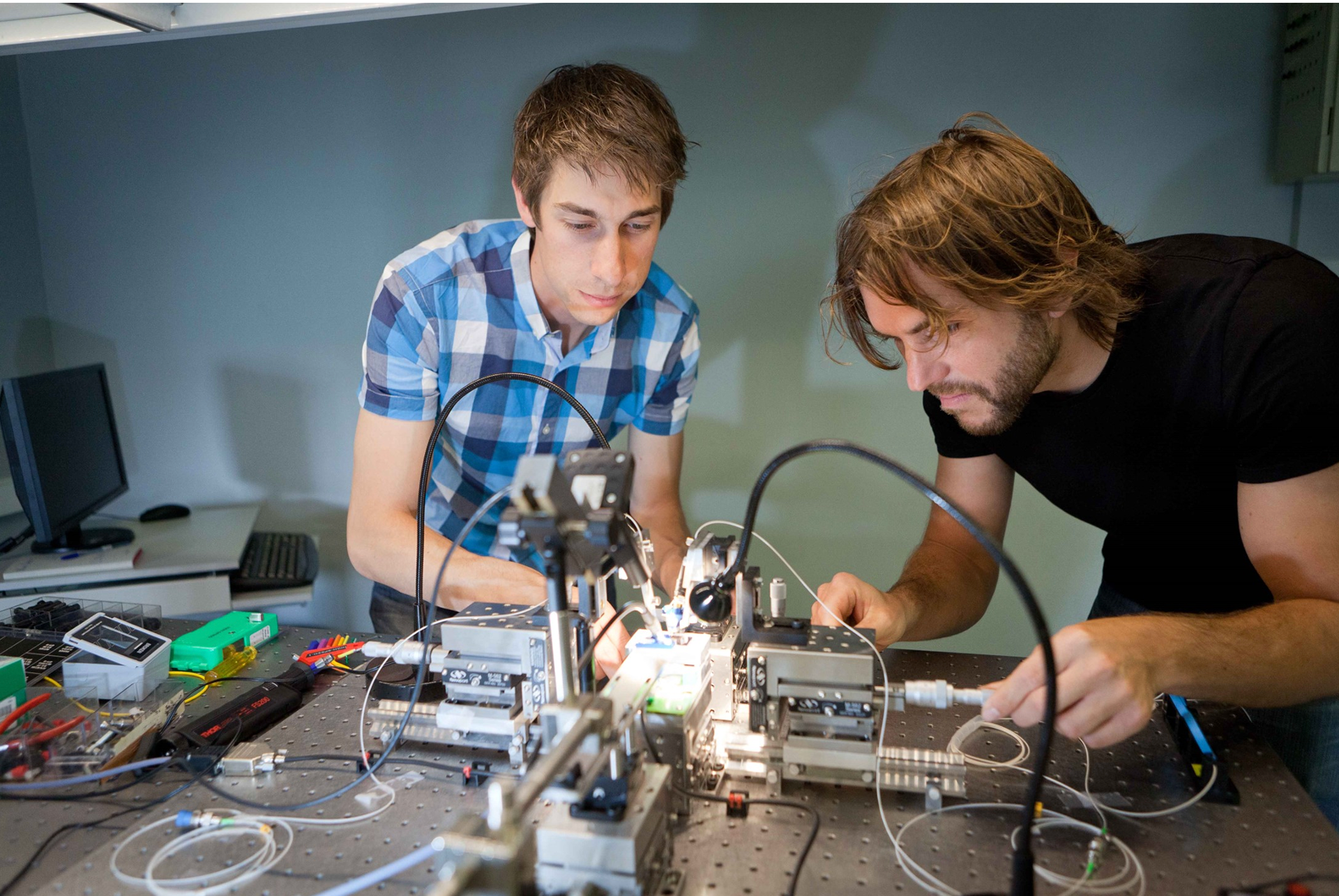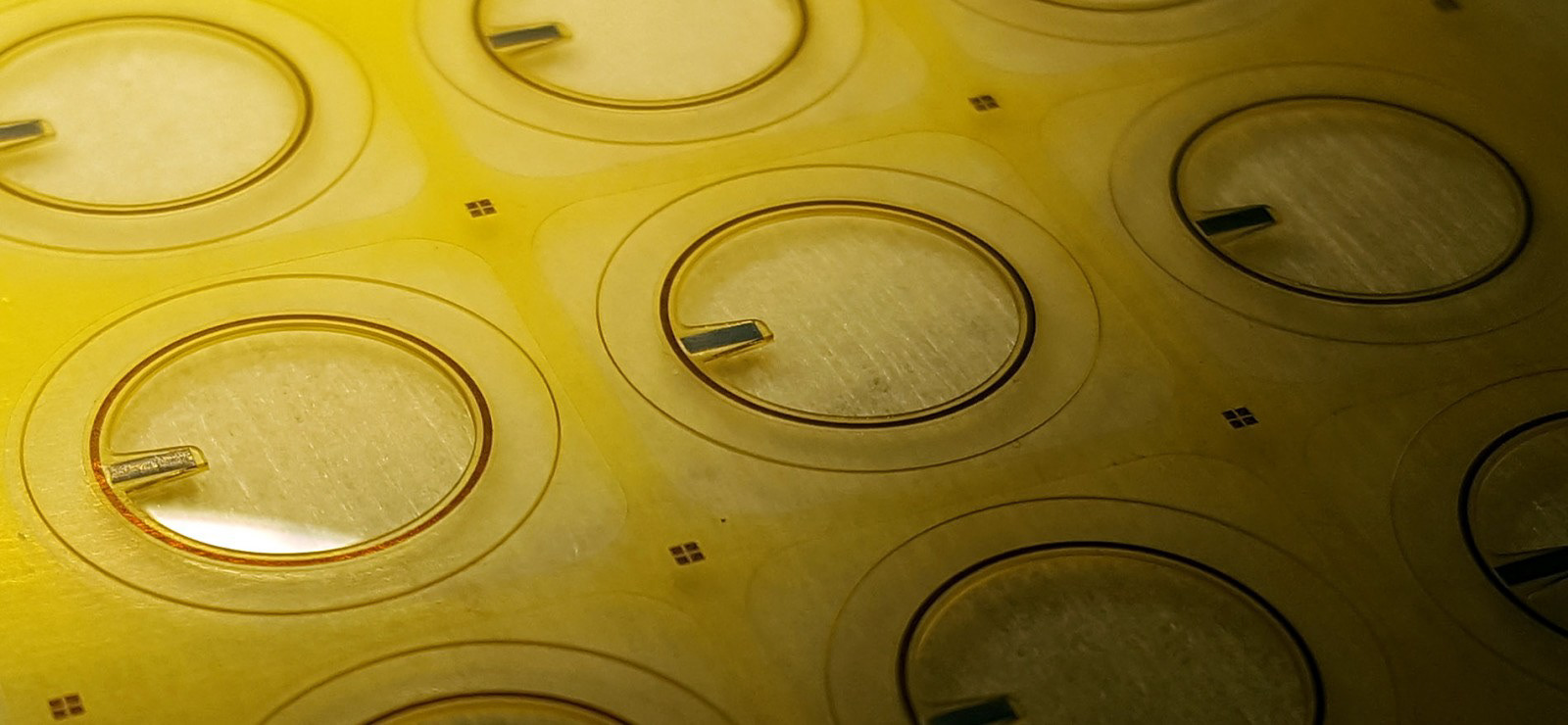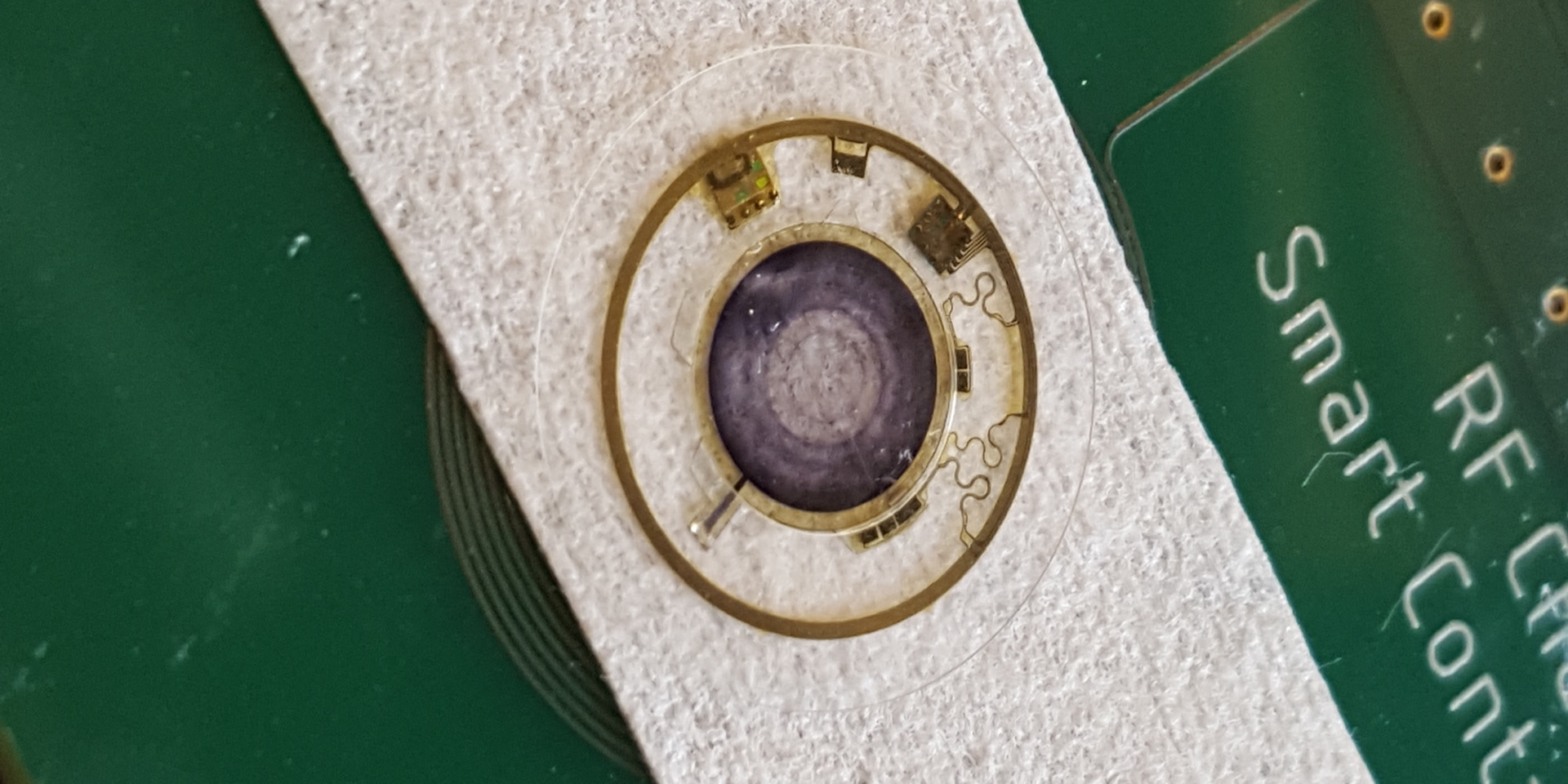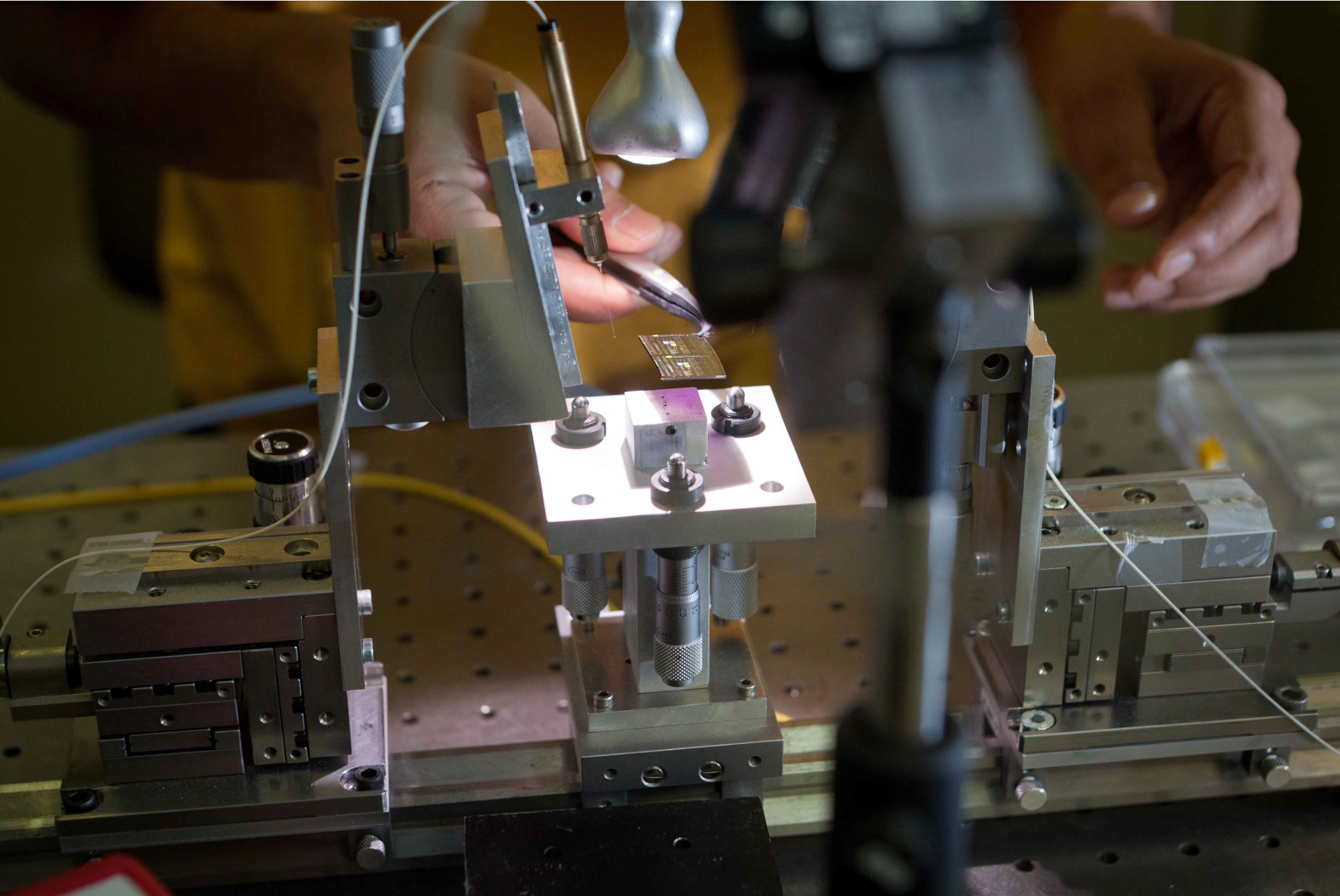Step right into the world of light at the Photonics Lab!
Here at the iGent Tower, Building 126, we’re on the cutting edge of research, literally making light work for us.
First things first – what is photonics? Simply put, photonics is the science and technology of using light (photons) to transmit information and energy. Think of it as the wizardry behind your high-speed internet, the precision of medical lasers, and the efficiency of solar panels. It's all about harnessing the power of light to improve our world.
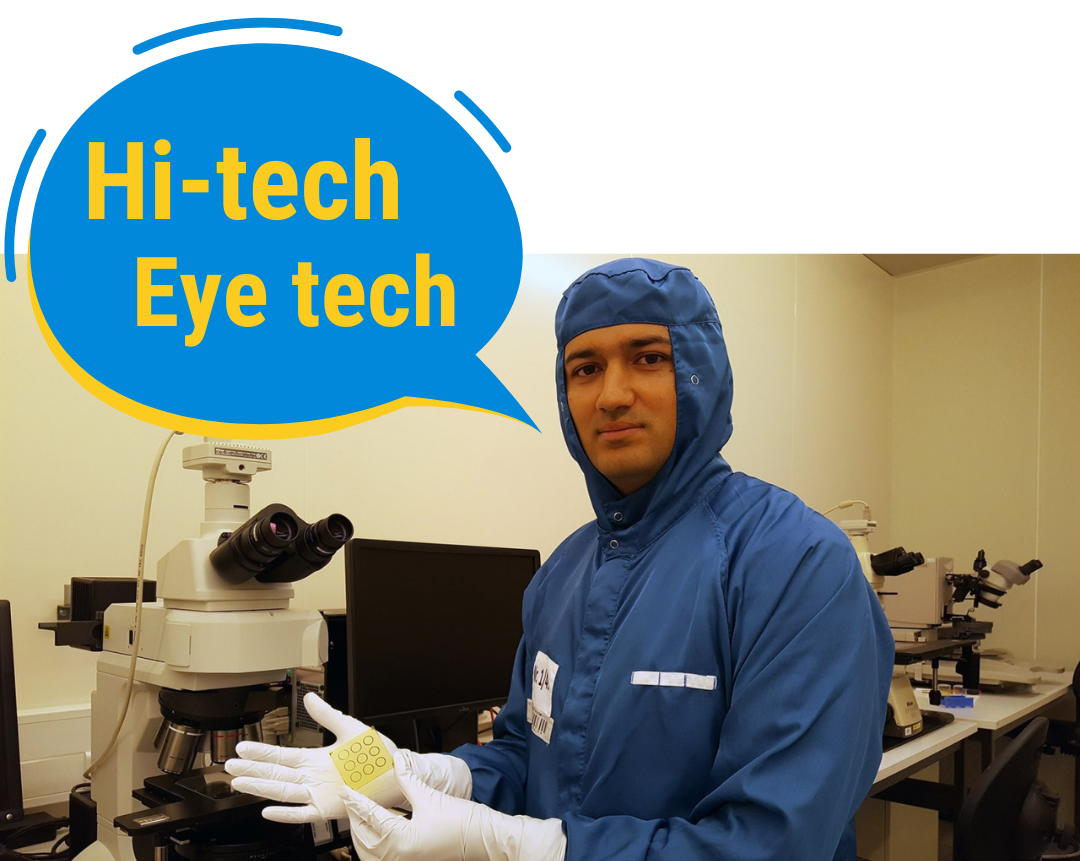
Foto: www.durfdenken.be
Smart contact lens replaces damaged iris
An estimated 20 million people around the world suffer from an eye complaint, including a damaged or missing iris. But there is light at the end of the tunnel. Researchers at Ghent University and research centre imec have designed an artificial iris that imitates the human model. Picture it as an electronic contact lens that can alter the size of the pupil. Something remarkable: the lens not only regulates how much light can enter, but also the depth of field, just like a real camera. This groundbreaking tech, developed in the Centre for Microsystems Technology and now part of Azalea Vision, is a game-changer in ophthalmology.
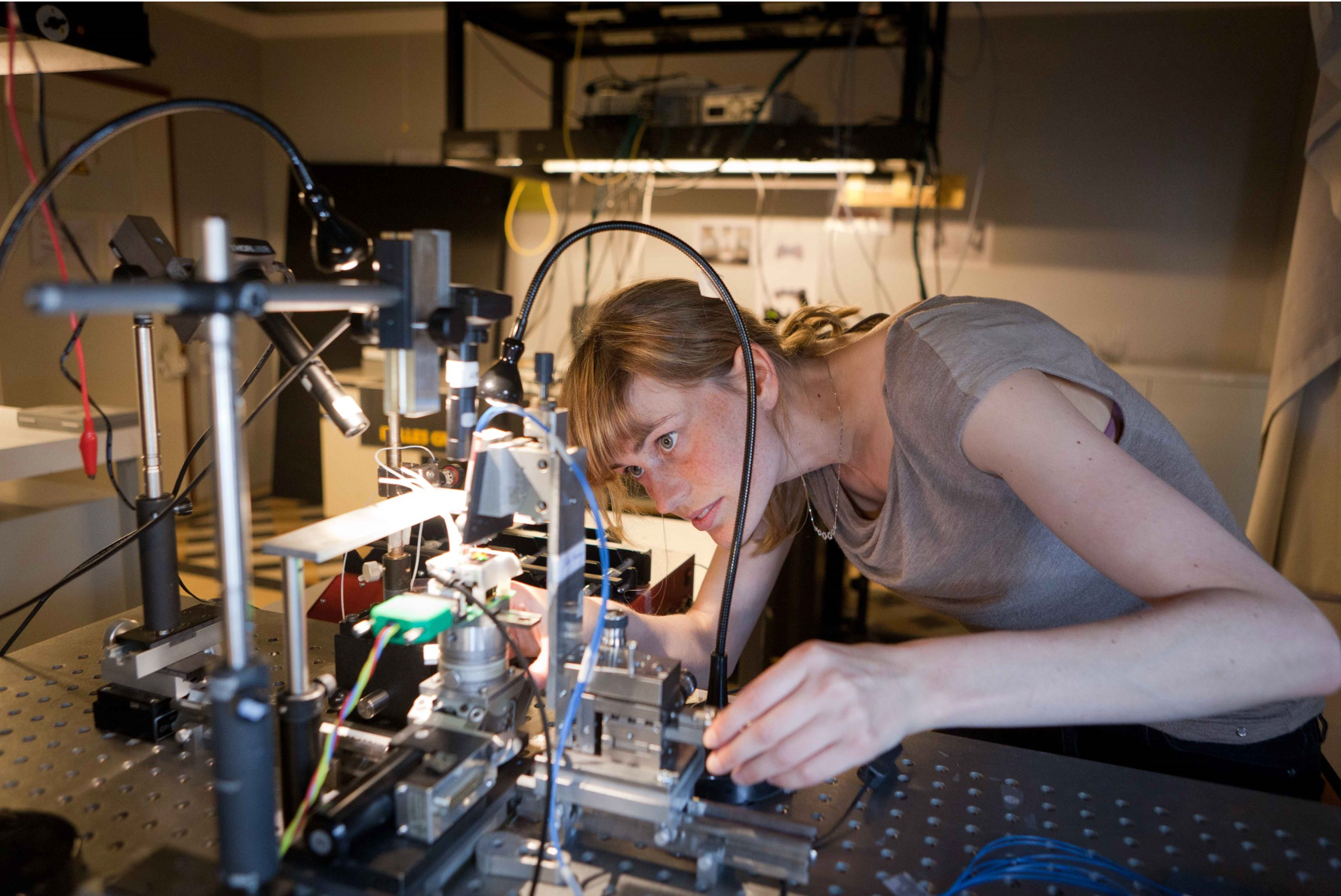
Foto: Beeldbank_UGent.be
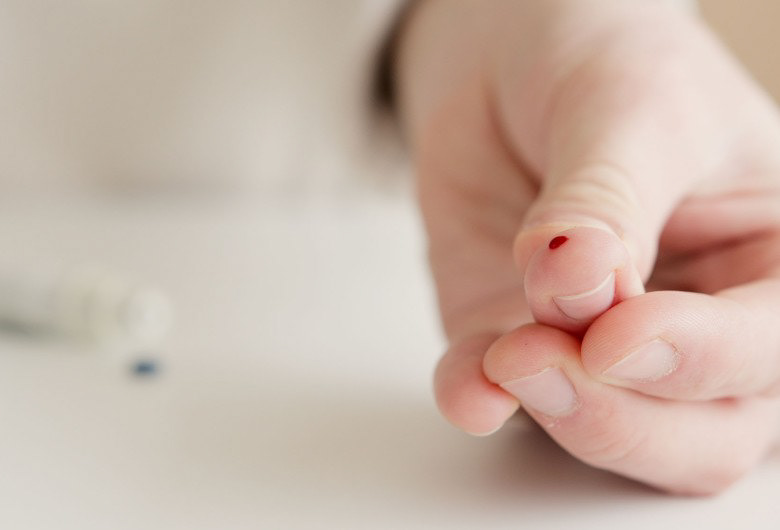
Foto: www.durfdenken.be
How Photonics is Drastically Changing the Medical World
The medical field is on the verge of a revolution, all thanks to... light. Medical devices will soon become so small and inexpensive that they will become part of everyday equipment. The driving force behind this technological revolution is photonics. ‘It is the fastest growing ‘‘enabling” technology we know’, says Roel Baets, head of the Photonics Research Group.
Suppose you have diabetes. Together with some 500,000 other Flemish people, you suffer from this lifelong incurable disease. It is one that, with good monitoring, will not have a significant impact on your quality of life. However, this monitoring requires a certain amount of effort, as you need to keep a constant eye on your blood sugar levels. Today, this is done through a small finger prick, sometimes up to four times a day.
This got professor Roel Baets and his team thinking. For years, they have been working together on one simple question: ‘How could you monitor blood sugar levels without needing to constantly prick your finger?’. The answer is through light. ‘We have developed a small device that can be implanted under the skin for a period of one to two years which measures blood glucose levels every five minutes based on light absorption.
